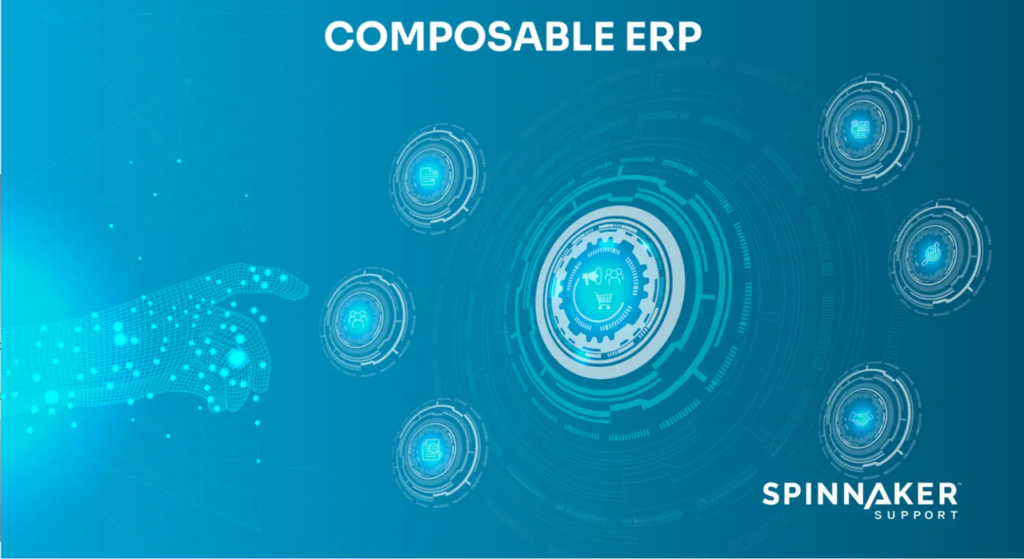Many business and IT leaders are familiar with the following challenge: their ERP provider is heavily pushing its latest cloud-based upgrade or product release and you feel compelled to buy-in, despite not being sold on the operational benefits. Many IT leaders don’t think they have other options if they are to stay compliant and keep up with their software support.
All too often, enterprises find themselves on the back foot in their relationship with vendors – and the big ERP players use this to their advantage. If you upgrade in line with Oracle or SAP’s expectations, you may find that your relationship improves. Perhaps you’ll get the most exclusive level of support. You might even get rewarded long-term with financial incentives and discounts for always being one of the first to upgrade.
But if you don’t upgrade and follow your vendor’s expectations, you think that your business will be left in a precarious position. Upgrades are notoriously expensive and your business may not want to pick up an ever-growing tab for technologies and products that you weren’t sold on and additional features that you probably wouldn’t use anyway. But because OEM vendors only support current versions, you’re left trying to support and maintain products that the vendors have no interest investing in.
Your legacy systems may even be left unpatched – an added cybersecurity risk – because these systems are simply no longer a priority for your vendor. With Oracle’s Sustaining Support, there are no new patches ever. Similarly, for SAP customers, if it’s out of support you are on your own.
Enterprises also feel pressure to align with their vendor’s plans and strategies due to a perceived benefit or through a requirement to stay compliant.
The problem with the endless upgrade cycle
Software and associated maintenance contracts both contribute to technical debt and this debt is weighing enterprises down. Vendors and their endless upgrades are partly to blame.
While many software upgrades aren’t explicitly forced, enterprises often feel pressured to comply when faced with an expiration date for the support and maintenance of their existing infrastructure. And while many upgrades provide a small operational uplift to business processes, they do not always align with each and every business’s unique goals, transformation objectives, and strategic plans.
Major ERP upgrades require customers to spend a huge portion of their annual IT budget on moving to a new system and maintaining that system – with remarkably little ROI. Take Oracle, for example. Oracle’s Support is expensive. It starts at 22 percent of your license fees and typically adds an additional two to four percent each year, eight percent last year for many countries. For the average enterprise, after six years with no additional purchases or upgrades, their support fee will likely exceed the cost of the original licenses. Further down the line, customers start seeing additional costs for ‘Extended Support’ to cover software that is five to eight years old.
Many enterprises accept this reality, believing that by absorbing this cost they are future-proofing their business and benefiting from emerging technologies. The cost here is very real – it includes the cost of performing the upgrade, which is resource heavy, and requires planning, mitigation and execution. They may even argue that this helps minimize technical debt. But this is a very expensive way to do it. One could even argue this is planned obsolescence at scale with hardware upgrades required to power the upgraded software – which would be wholly unnecessary.
Many vendor updates actually increase technical debt. Why? Because the vendors don’t need to align their strategic plans with yours. Your enterprise may be perfectly happy with its existing infrastructure and legacy system, especially if it’s stable, operational and your team understands it intimately. If your business then decides to spend a huge chunk of its budget and time on adopting a new system that is not guaranteed to work in the same way, your team may be playing catch up for years to come. Meanwhile, the technical debt rises.
While your business isn’t interested in holding onto products that will hold you back in the future, you also need to think about where your IT budget is best invested. Is it in the new and shiny upgrade being pushed by your ERP provider or is it in the growth and innovation strategies that you know will give you a competitive edge – and that will help relieve your technical debt, rather than add to it?
Erasing technical debt with third-party software support
What many enterprises don’t realize is that third-party software support can help in erasing technical debt. It’s a very different dynamic. Supporting your current and legacy systems – whatever version you’re running, no matter how new or old, it can bring your requirements to the center of the support relationship, rather than on the sidelines.
In practice, this means that for security, break fix, and interoperability, you won’t have to worry about upgrading to stay supported and secure. Your systems can be fully supported, maintained and working exactly how you want them to, with software consultants to help support your strategic vision.
You can avoid unnecessary updates or new products and instead focus on building technology support to match your operational plans.
Saving customers millions in maintenance fees, I’ve seen over a thousand customers save, on average, 62 percent of their Oracle and SAP support costs, with an immediate OPEX injection without the transformational costs.
So, I’d say don’t upgrade just because the vendor demands it. There are alternative options you can consider and sometimes the time and money can be better spent.




